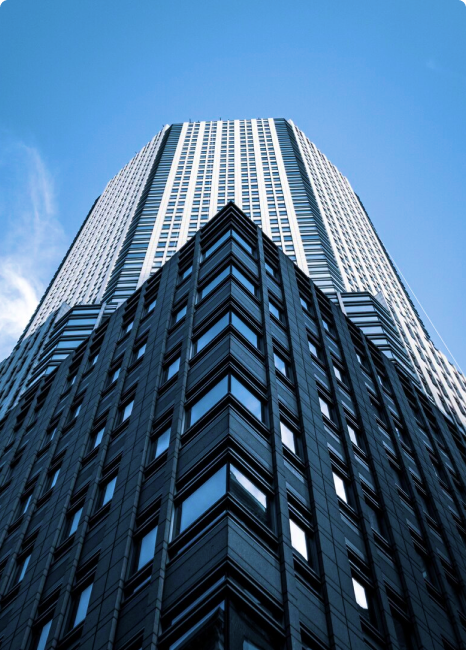The team of height safety engineers at Kerrect understand the paramount importance of a safe and effective worksite, particularly when working at heights. In fact, most serious and fatal falls occur when working at a height of four metres, and figures from WorkSafe Victoria show that construction work poses the greatest risk of serious injury or death from falls from or through roofs, stairwell voids, from ladders or scaffolding.
With such a wide range of potential fall hazards, it is critical for employers to plan for height safety on construction sites by using the hierarchy of control and a range of
fall protection equipment, such as
safety net installation, construction
safety nets or
guardrails/handrails.
This month’s blog takes a closer look at navigating the complex world of fall protection and height safety systems that can be in place to prevent them.
Key components of an effective fall protection plan: perform proper inspections, consider the hierarchy of control measures, priorities cleanliness and organisation, wearing PPE.
When performing a site inspection, it’s important take into consideration a number of factors such as any potential hazards, who might be harmed and how. If a risk does exist, think about how it could be managed more effectively and take the necessary action to eliminate the risk in accordance with the hierarchy of control. As a last resort
PPE may be considered. Personal fall arrest systems, if selected, should also be inspected before each use for wear, defects and damage. Damaged components should be removed from service immediately and should not be used again until inspected and deemed safe by a qualified individual.
A clean, organised workplace also goes a long way in keeping staff members safe. Not only does a cluttered construction site reduce efficiency, but it also presents tripping and falling risks. Surfaces should also be dry and free of mud, ice, water, wet leaves and other debris, to prevent unwanted slips. Furthermore, remember to clean eye and face protection to keep them in good condition. Proper visibility can help mitigate falls and other incidents, as employees are more aware of their surroundings. PPE such as safety clothing, gloves and hard-hats provide additional protection when used in conjunction with fall prevention – however should never be considered the only control measure.
Common fall hazards in the building industry
At the design stage, designers should identify hazards associated with the design of a building or structure that may arise whilst it is being constructed, cleaned or maintained, and to which an employee may be exposed. They then need to assess the risk of injury or harm to a person from any hazards arising from the design and minimise these through modification.
Careful project planning can also reduce other risks such as working on fragile surfaces, working on unstable surfaces, using elevated work platforms or portable ladders, working on a sloping or slippery surface, working near a hole or a shaft, or near an unprotected open edge.
The role of training and education in fall protection
Information, instruction and training concerning fall hazards should be provided before undertaking construction work. The amount and type of information will depend on the severity of the hazard and the risk involved. In general though, the more complex a project, the more comprehensive the training. It is also imperative for employers to stay ahead of the curve and carry out regular professional development and training sessions with their employees.
Technological advances in fall protection equipment
If it is not possible to use engineered fall prevention controls, then a work-positioning/restraint system is the next best option. For instance, a
restraint system that ensures employees work within a safe area and cannot reach the fall hazard. When it is not possible to use either of these, a fall arrest system may be considered. These could include a harness, catch platform or safety nets, to limit the risk of injuries in the event of a fall. If a fall arrest system is used however, it is important to have emergency and rescue procedures in place and undertake testing to ensure they are effective.
The impact of technology and a shift in the safety culture on work sites is leading to a more widespread adoption of safety practices. The impact of technology, such as the development of self-rescue devices, energy-absorbing lanyards and
fall-arrest-harness designs, as well as other systems of restraint and fall protection. There has also been a welcome shift in the safety culture on construction and other work sites, leading to a more widespread adherence to safety practices.
Want to know more?
The team at Kerrect take pride in their height safety expertise and roof-safe solutions, but also know that the industry needs to continue to make improvements in regards to providing safe and secure work environment.
With all of the cost-effective and technologically advanced solutions on the market today, there simply is no excuse for a competent person in charge of an at-height program to not prepare employees or provide them with the proper fall protection equipment and training. And that means the future for workers at height looks more and more secure.
If you’d like more information on our height safety solutions or rope-access technology,
reach out to the construction safety specialists at Kerrect today.

